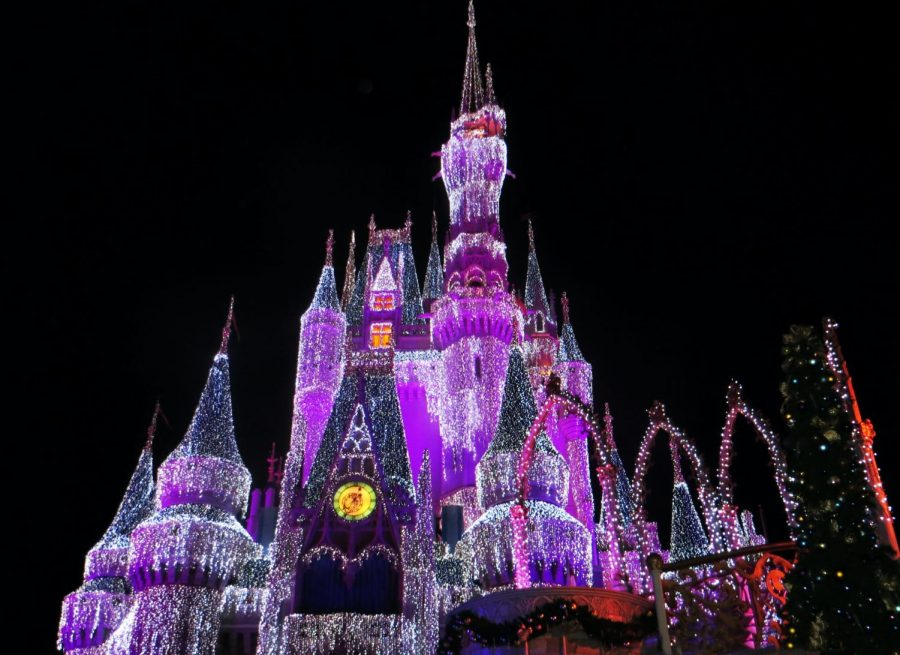From Status to Shame: Twitter’s Blue Checkmark

Twitter’s blue checkmark (Photo/Wikimedia Commons)
May 19, 2023
The checkmark is a universal symbol throughout all social media platforms—it signifies the verification of an account and is generally a symbol of trust. Recently, Elon Musk bought Twitter for $44 billion, and one of his first reforms was to change the blue checkmark system. On November 1, Musk tweeted, “Power to the people! Blue for $8/month,” announcing his plan to include the verification mark in the Twitter Blue subscription package.
Immediately, this change caused a major impersonation problem. Since all it took to receive a checkmark was providing credit card information, it was easy to make an account and pretend to be someone else, as many people automatically trust the checkmark. Impersonators began cropping up and spreading misinformation. One account posed as a Sudanese army official and falsely reported the death of military leader Mohamed Dagalo while Sudan was in the midst of a war. Another account pretended to be the pharmaceutical company Eli Lilly, stating that insulin would be made free, resulting in the price of Eli Lilly stock dropping sharply. A fake Lockheed Martin—a company that manufactures military weapons for the United States—account declared that they would be stopping weapon sales to Saudi Arabia, Israel, and the United States until their human rights abuses records were investigated. While the introduction of this new system allowed some important issues, like Eli Lilly’s high prices of insulin, to be highlighted and reach wider audiences, it ultimately caused an inundation of misinformation on a widely used social media platform. According to Musk, this new verification system was created to address the issue of fraud on social media and increase users’ trust in accounts and the information they disseminate. It was never meant to generate revenue, but by monetizing the system, Musk demonstrated exactly why the verification system was implemented in the first place.
In April 2023, Elon Musk began removing blue checkmarks from previously verified accounts that hadn’t paid for the subscription. These accounts included celebrities, journalists, and politicians. Still, not enough people were willing to purchase the subscription, and the revenue was drastically under what was expected. Afterwards, Musk began giving the checkmark back to certain accounts, even if they hadn’t subscribed to Twitter Blue. Notable figures began clarifying that they hadn’t paid for the service, and the blue checkmark has become almost a mark of shame.
Overall, because of Musk’s changes to Twitter, it is hard to discern real accounts from fake ones. This has allowed misinformation to run rampant across the platform. Additionally, since, in some ways, buying the checkmark represents implicit support for Musk, many people don’t want to purchase the subscription. The whole initiative was created to bring in more revenue for Twitter because it simply could not survive through advertisements anymore, making these changes almost useless. While it might not be too late to revert to the previous verification system, if Musk continues down this path, many people find it necessary to entirely leave the platform.






albert still • Aug 22, 2023 at 10:37 am
Great article with excellent idea!Thank you for such a valuable article. I really appreciate for this great information.